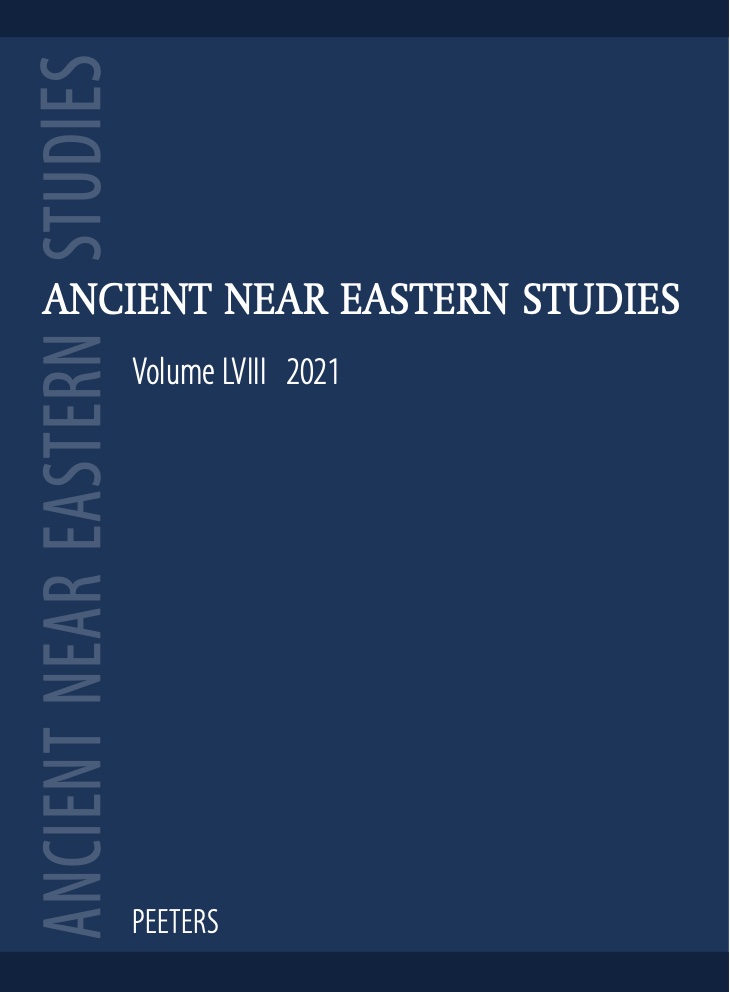 previous article in this issue previous article in this issue | next article in this issue  |

Preview first page |
Document Details : Title: Evolution of the Zoroastrian Iconography and Temple Cults Author(s): BASIROV, Oric Journal: Ancient Near Eastern Studies Volume: 38 Date: 2001 Pages: 160-177 DOI: 10.2143/ANES.38.0.1095 Abstract : The Gathas of Zoroaster does not refer to any iconography or temples. Indeed, a doctrinal aversion to such rituals can be detected in his teachings. His seven abstract and amorphic Amesha Spentas, for example, are probably the first purely conceptual deities with a built-in deterrent to artistic representation. His prescribed places of daily rituals, moreover, are mountaintops and riverbanks, and not temples. Such devotional purity and simplicity is also confirmed by the lack of hardly any archaeological evidence to the contrary in the prophet's homeland in Eastern Iran. This is also the case in the pre-imperial period in Western Iran, where the centre of religion moved early in the first millennium BC. Assyrian annals and many classical writers also confirm that Medes and early Achaemenians did not have any cult statues and temples. The latter, however, soon after forming the first world empire, developed the many aspects of, by now, familiar Zoroastrian iconography. This was inspired, no doubt, by the artistic repertoire of their western subjects, such as the Babylonians, Elamites, Greeks and Egyptians. Nor could the Achaemenians refrain, towards the end of their rule, from building temples, both to house their own sacred fire, and the alien-inspired divine images. These two distinct temple cults, established around 400 BC, appear to have spread throughout the Achaemenian, and later, the Parthian Empires. Their religious significance was not challenged until the iconoclastic Sasanians (224-637 AD) removed the divine images from their temples. However, the fire-temples and religious iconography have remained permanent features of the Zoroastrian devotional life since the Achaemenian times. |
|


